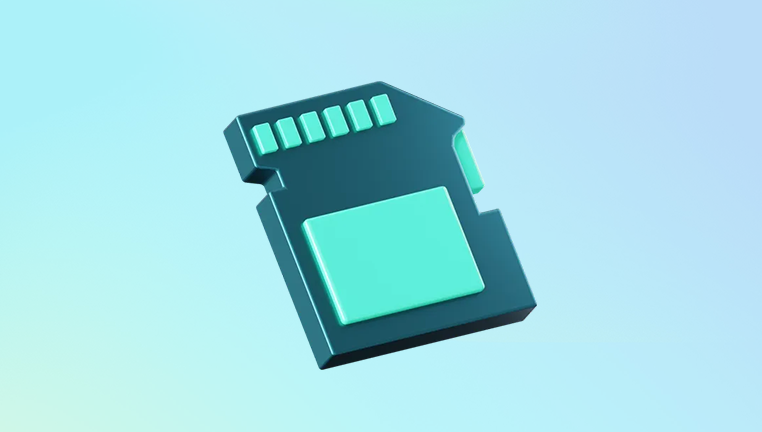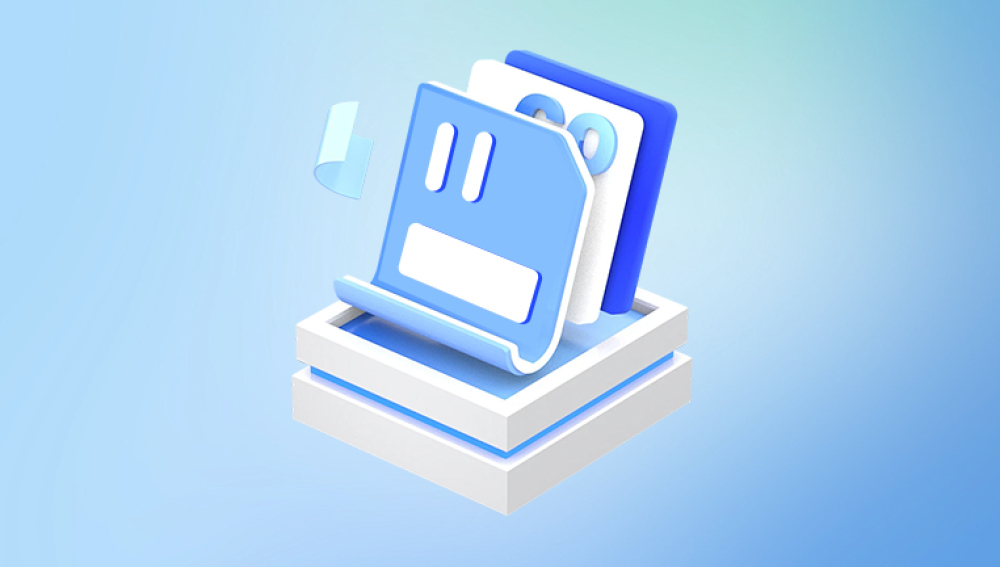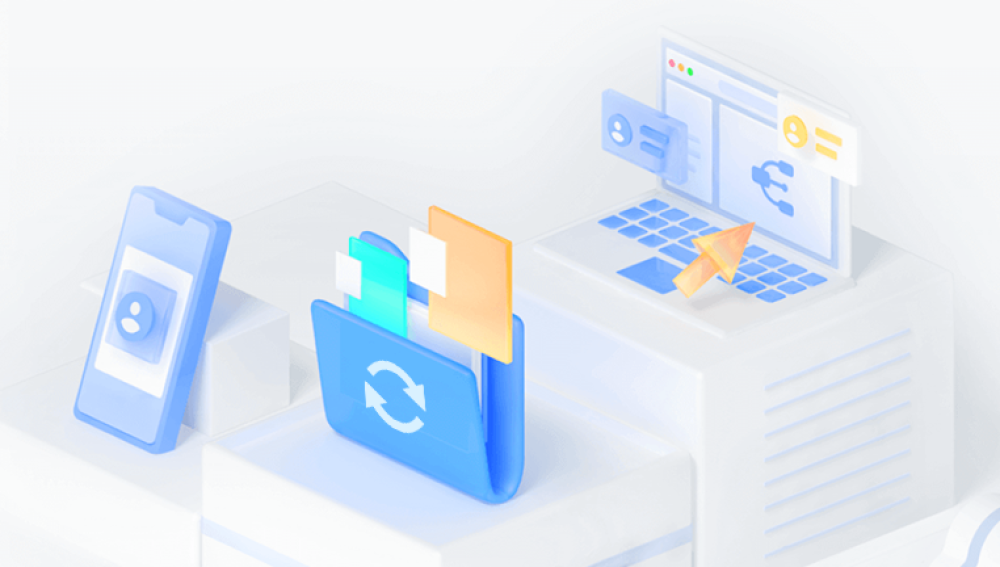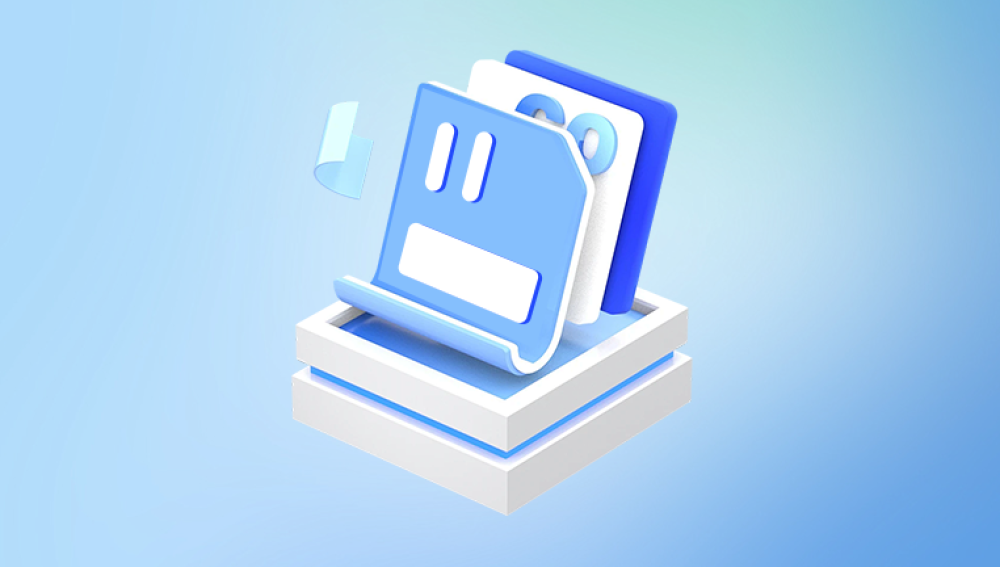They offer compact, high-capacity storage and are widely used to store personal data such as photos, videos, audio files, and important documents. However, accidents happen files get deleted, SD cards get corrupted, and important memories or data can suddenly vanish. If you've found yourself in this situation, don't panic. There are several effective, free methods to recover deleted files from an SD card.
Chapter 1: SD Card Data Deletion
When a file is deleted from an SD card, it's not immediately destroyed. Instead, the file system simply marks the space it occupies as "available" for reuse. Until new data overwrites that space, the deleted file remains recoverable. This is why it's crucial to stop using the card once you realize files are missing.

Common Scenarios Where Files Are Deleted:
Accidental deletion during file transfers.
Formatting the SD card by mistake.
SD card corruption.
Virus or malware attacks.
Improper ejection from a device.
Power failure during writing or saving.
Can You Recover Files After Formatting?
Yes especially with a "quick format," which only resets the file table without wiping the actual data. A "full format" is more damaging but still sometimes recoverable.
Chapter 2: Preparing for Recovery
Step 1: Stop Using the SD Card
The more you use the SD card after deletion, the lower your chances of recovery. Any new data may overwrite the deleted files.
Step 2: Remove the SD Card Safely
Take the card out of your device and insert it into a computer using a card reader. Avoid using it again until the recovery is complete.
Step 3: Check the Card’s Health
Before proceeding with data recovery, it's wise to check if the SD card is still readable by the system:
Open File Explorer (Windows) or Finder (Mac).
See if the SD card appears as a removable drive.
If the card is not recognized, you may need to use disk repair tools first.
Chapter 3: Best Free SD Card Recovery Tools
Chapter 4: Step-by-Step Recovery Using Drecov Data Recovery
Let’s walk through the recovery process with Drecov Data Recovery, one of the most accessible and effective free tools.
Step 1: Download and Install Drecov Data Recovery
Go to the official Piriform website.
Download the free version.
Install it with default settings.
Step 2: Launch Drecov Data Recovery
The wizard opens. Click “Next.”
Step 3: Select File Type
Choose what type of file you’re trying to recover (e.g., Pictures, Documents, Videos). Or select “All Files.”
Step 4: Choose File Location
Select “On my media card or iPod” or browse to the SD card drive.
Step 5: Start Scan
Click “Start.” If files don’t show up, run a “Deep Scan.”
Step 6: Review and Recover
Preview files (if available).
Check the box next to the files you want.
Click “Recover” and save them to a different drive (not the SD card).
Chapter 5: Recovery Tips for Better Success
Don’t save recovered files to the same SD card. This can overwrite the deleted data.
Act quickly. The longer you wait, the more likely the files are overwritten.
Use Deep Scan if Quick Scan fails.
Don’t format or initialize the card unless guided by a recovery tool.
Chapter 6: Common Problems and Fixes
Problem 1: SD Card Not Recognized
Try:
Re-inserting into another reader.
Checking Disk Management (Windows) or Drecov Data Recovery Utility (Mac).
Assigning a drive letter (Windows only).
Running CHKDSK:
cmd
CopyEdit
chkdsk E: /f
Problem 2: Files Recovered But Corrupted
Some files may be partially overwritten.
Use file repair tools (like Drecov Data Recovery Repair for Video or JPEG Repair Toolkit).
Try recovering again using a different tool or deeper scan.
Problem 3: No Files Found
Ensure the scan was deep enough.
Try another tool like PhotoRec which searches by file signature.
Chapter 7: Preventing Future Data Loss
1. Always Safely Eject SD Cards
Removing an SD card improperly can cause corruption.
2. Back Up Frequently
Use cloud services (Google Photos, Dropbox) or external drives to back up your SD card contents regularly.
3. Use Reliable Devices
Low-quality or counterfeit SD cards are more prone to failure.
4. Avoid Filling SD Cards to Capacity
Leave some free space to reduce file fragmentation and corruption.
5. Install Antivirus Software
Protect your system and devices from malware that can delete or corrupt files.
Chapter 8: When to Consider Paid Recovery Services
If:
Your SD card is physically damaged.
Free tools fail to detect the card.
You have critical data (e.g., legal evidence, wedding photos).
Then consider contacting professional data recovery services. Though not free, they offer advanced solutions like chip-off recovery, especially for broken or unreadable cards.
Chapter 9: Frequently Asked Questions
Can I recover files from a corrupted SD card?
Yes. Tools like Drecov Data Recovery can recover data from corrupted cards. Running CHKDSK may also help fix the card structure.
Can I recover photos from an SD card used in a camera?
Absolutely. Recovery tools are well-suited to retrieve JPEG, RAW, and video formats used by DSLR and action cameras.
Are Android phone SD card files recoverable?
Yes, as long as the SD card is removed and scanned on a computer using recovery software.
What file types can be recovered?
Common types include:
Images: JPG, PNG, RAW
Videos: MP4. MOV, AVI
Documents: DOCX, PDF, XLSX
Audio: MP3. WAV
Archives: ZIP, RAR




